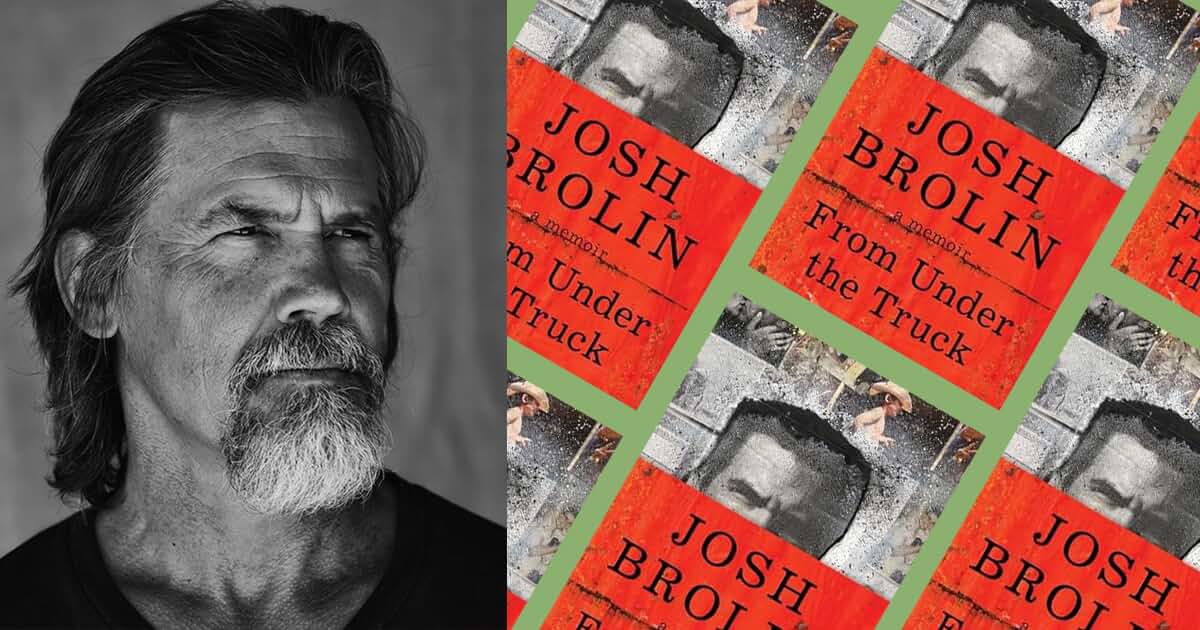A favorite recipe from B. Dylan Hollis: Cold Oven Cake

Sometimes it feels like there are too many cooks in the virtual kitchen, but I will always make room for B. Dylan Hollis. As charismatic as they come, Hollis won me over after just one video (the first of many) and I am not alone. Millions of followers later, Hollis now has a cookbook, Baking Yesteryear: The Best Recipes from the 1900s to the 1980s, and it’s as fabulous as the author.
For quite some time I’ve found myself obsessed with just how many different ways there are to make a simple pound cake. Though the ingredients have changed very little over the decades, everyone seems to have their own little trick to achieve the perfect crumb or the best flavour. I’ve tried a great many of these creations, but this Cold Oven Cake that I’ve workshopped from several 1970s recipes stands proudly above them all. It has a rich, deep, buttery flavour—but its yesteryear’s secret of placing the unbaked cake in a stone cold oven before bringing it up to temperature, that makes it a dangerously moreish dessert. Both a winner on its lonesome, and an MVP with ice cream or berries: It is simple perfection in taste and texture; combined. You, too, can experience its satin crumb with each regal bite when you do not preheat your oven, and give in to this Cold Oven Cake of the 1970s. —B. Dylan Hollis
INGREDIENTS
•1 ½ cups (340g) butter, softened
•3 cups (600g) granulated sugar
•5 large eggs
•1 tsp vanilla extract
•1 tsp almond extract
•3 cups (420g) all-purpose flour
•½ tsp baking powder
•1 tsp salt
•1 cup (235ml) whole milk, room temperature
•Softened butter, for coating the pan
•All-purpose flour, for coating the pan
•Powdered sugar, for garnish
METHOD
1. In a large bowl, beat the butter until it lightens, about 5 minutes.
2. Gradually begin to cream in the sugar 1⁄4 cup (50g) at a time. Cream very well until the mixture is light and fluffy. Add the eggs one at a time, beating well after each addition. Mix in the vanilla and almond extracts.
3. In a separate bowl, sift together the flour, baking powder, and salt. Alternate adding this to the creamed mixture with the milk, ensuring the mixture doesn’t get too stiff nor too loose during the process.
4. Butter a 10-inch tube or Bundt pan very well before liberally adding flour to coat the interior surface. Tap out any excess.
5. Turn the batter into the pan, and place in a cold oven. Set the temperature to 350ºF (180ºC), and bake for 60 to 75 minutes, or until a toothpick inserted into the center can be removed cleanly. The individual nature of your oven may vary for this, so be vigilant. Cool briefly in the pan before inverting onto a cooling rack to cool completely. Sprinkle on powdered sugar to decorate the cake.












